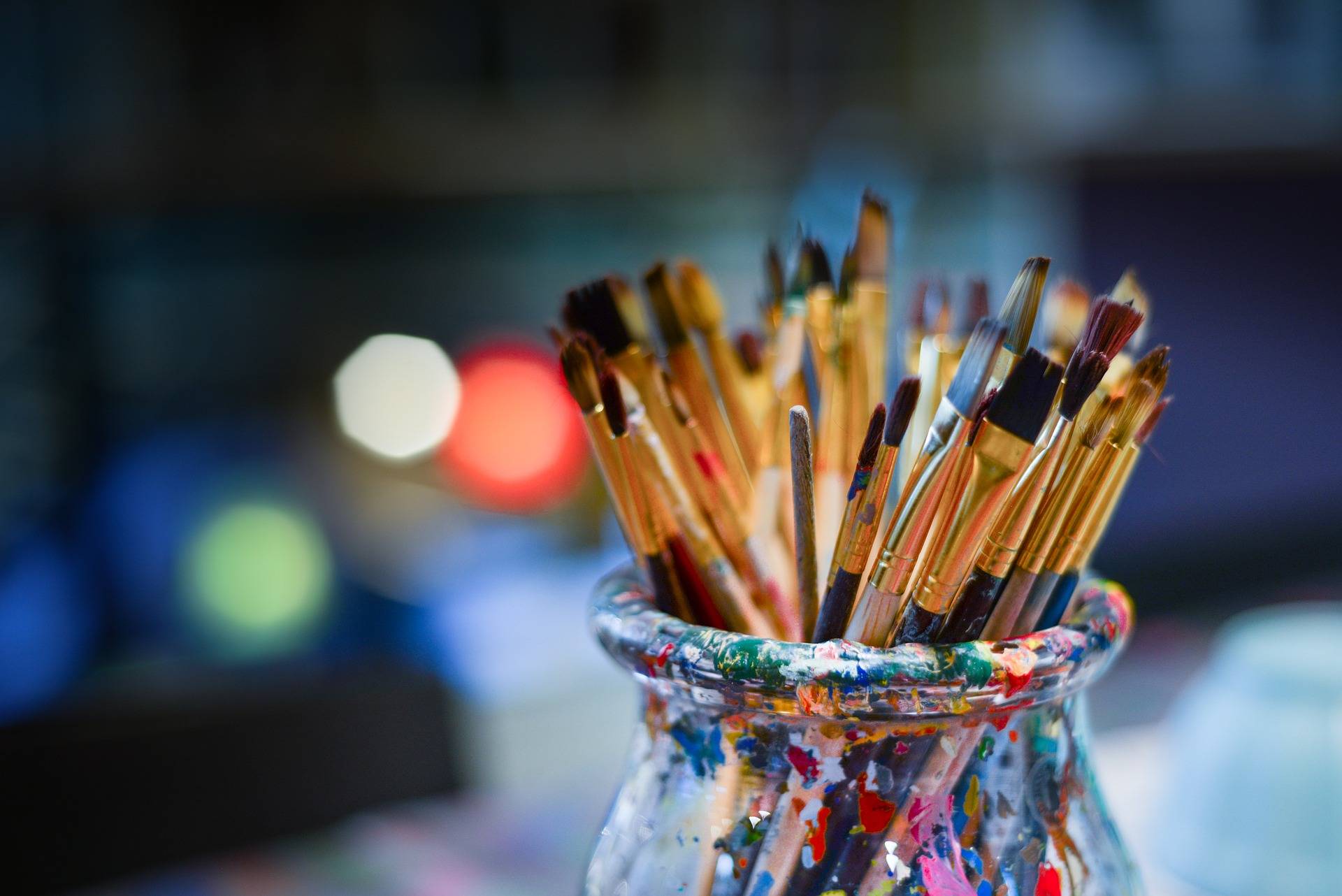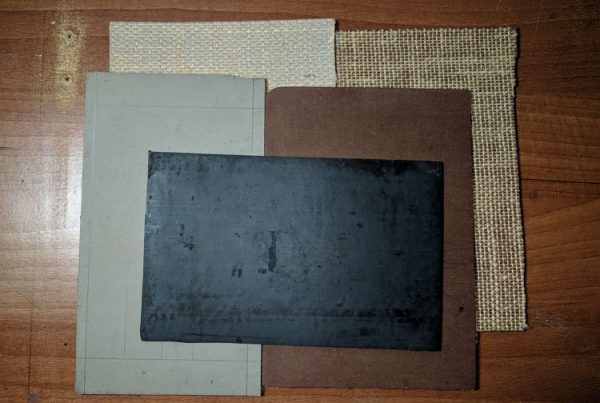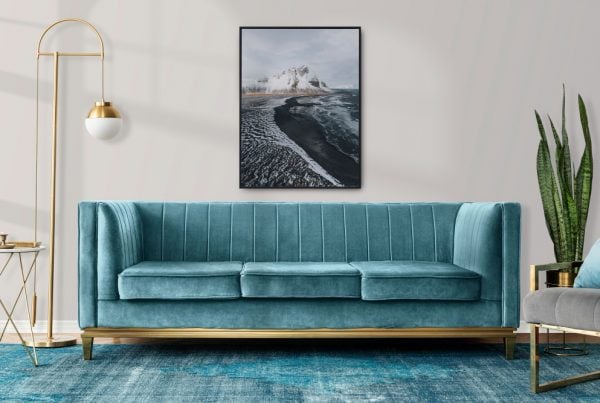Finding your artistic style can be an exciting yet challenging process for any creative. Your style encompasses the visual qualities that make your art distinctly “you” – from the colours you use to your choice of subject matter. Developing a consistent style allows viewers to recognise a work as yours, even if they’re seeing it for the first time. It also helps you feel confident in your artistic voice. However, locking down your unique style takes time and experimentation. You may go through periods of trying out different approaches as you hone your aesthetic. Read on for tips to help you unearth your authentic style.
Table of Contents
Experiment Across Mediums
Branching out beyond your usual art form encourages you to make unconventional choices that can inform your style. If you typically paint, try sculpting or digital art instead. The limitations and freedoms unique to each medium will push you creatively. For example, an acrylic painter might incorporate more textures after experimenting with collage techniques. You may also discover mediums you love and forge multi-disciplinary work that becomes part of your signature. Make a list of mediums outside your wheelhouse so you remember to test them out.
Study Artists You Admire
Immerse yourself in the work of talents you connect with. As you analyse pieces you’re drawn to, identify visual impacts that elicit your reaction. Does a colour scheme evoke certain moods? Do the brush strokes have a tactile quality you hope to emulate in your style? Curate an inspiration folder, real or digital, filing images that ignite ideas for your artistic identity. Refer to this whenever you need a boost of motivation to refine your style. You might even find acrylic artwork that resonates deeply, sparking fresh perspectives for your creative process. Exploring different mediums can unlock new ways to express your unique vision.
Define Your Creative Niche
As you develop your style, also consider defining your niche by specialising in a particular subject matter, artistic category, or industry. Becoming known for your unique interpretations within a certain creative zone can augment your artistic identity. Maybe you exclusively create pet portraits, impressionist landscapes, botanical still life, or abstract mixed media works. Or perhaps you primarily design brochures, animate video games, or fabricate luxury jewellery. Lean into your zone of genius by positioning yourself as an expert within a specific artistic niche. When you repeatedly display aptitude and passion for a chosen speciality, your capabilities in that area become cemented as a key aspect of your style in the eyes of collectors and clients. Let your niche focus guide and strengthen the evolution of your aesthetic.
Shoot Experimental Reference Photos
Photographing intriguing scenes and subjects to use for future reference can fuel your creative process while constructing your style. Choose angles, lighting, and compositions you don’t typically explore. Maybe crop tight on obscure details or use an abnormal perspective. Use apps to alter images with filters or textural overlays so commonplace visuals suddenly become unfamiliar. The goal is to surprise your eye and break habitual ways of seeing. Let the abstract images, textures, and colours you capture make their way onto the canvas.
Incorporate an Art Deco Aesthetic
If striking geometry, luxurious materials, and 1920s extravagance resonate with your aesthetic, you may wish to incorporate facets of Art Deco into your style. This visual language highlights decadent decorative embellishments, often rendered in sleek finishes like lacquer or chrome. It also utilises repetitive lines and intricate patterns inspired by influences like Cubism, tribal African art, and Ancient Egyptian motifs. Adapting hallmarks of art deco iconography will add a flashy, ornamental dimension to your artistic identity. Draw inspiration from masters like painter Tamara de Lempicka and illustrator Erte, mimicking their bold outlines, dynamic poses, and opulent colours. Use this fanciful, fusion approach when depicting subjects like nudes, fashion figures, cityscapes, or still lifes. Adding a touch of Jazz Age modernity shows viewers you have an exquisite eye for style.
Limit Your Palette
Restricting your colour selection to a tight palette can do wonders for achieving cohesion in your style. This allows you to virtuously mix a wide spectrum from a few versatile base pigments. It also prevents your works from appearing disjointed. Choose a triad, tetrachord, or pentachord grouping on the colour wheel as your signature go-to. Or limit yourself to a specific hue family, like earth tones, jewel tones, or neutrals. You’ll quickly learn which mixtures produce your preferred effects. Repeating preferred combinations across pieces gives viewers insight into the distinct colour sensibility defining your style.
Incorporate Repeating Elements
Unify your body of work by integrating recurring visual details that eventually become synonymous with your style. This provides continuity while allowing you the flexibility to experiment. Repeating elements may include specific flowers, objects, shapes, lines, brush techniques, textures, or other ornamental motifs. These should appear frequently enough to feel like artistic trademarks but not so often that work appears redundant or gimmicky. Striking this balance takes finesse but ultimately makes your style more identifiable. Aim for consistency without allowing repetition to compromise creativity.
Photograph Your Process
Meticulously document your artistic process each time you begin a new piece. Take snapshots during each stage of creation, keeping track of blending, textures, preliminary sketches – anything that captures your creative journey. Refer to these references later when establishing patterns significant to your style. Maybe you rely heavily on overlaying drips and splatters or prefer aggressively scraping layers back to let underlying tones peak through. Identifying go-to techniques you repeat across pieces helps solidify these tendencies, so viewers recognize your signature approach.
Finding your artistic style requires patience, self-study, and a willingness to pivot approaches until you identify what intrinsically describes your visual point of view. By analysing the masters, diversifying your influences, limiting colour palettes, repeating signature elements, and tracking your process, you’ll inch closer to creating cohesive works that broadcast your one-of-a-kind artistic identity to appreciative audiences eager to connect with your vision. Trust your instincts and don’t be afraid to edit out techniques that no longer align with your growth. What you love today may evolve tomorrow – that flexibility will serve your style as it shifts and settles over your lifetime career.








